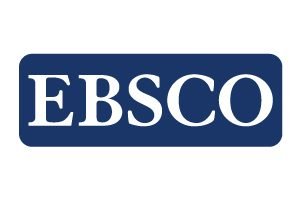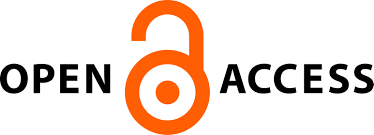Market Demand and Interest Profiling of Cebu Institute of Technology - University Students at The Onset of Online Learning
DOI:
https://doi.org/10.11594/ijmaber.04.01.09Keywords:
Cebu Institute of Technology- University, Interest Profiling, Online learning, Market DemandAbstract
This research was undertaken to understand the customer segments of the Cebu Institute of Technology- University using demographic, geographic, and socio-economic lenses. At the same time, this study also determined the students' technological capacity, technical capability, and willingness to enroll in the University's second summer term of 2020. The study used a descriptive research method to obtain data from 2,133 college students as the respondents using random sampling. Based on data gathered from the six colleges of the University, from first- to fifth-year levels, the closure of schools led them to go back to their provinces, resulting in the geographic distribution of respondents, with 48% situated outside of Cebu City. Moreover, one of the most significant impacts of the pandemic is the decline of combined household income from a mean of P34, 591.22 pre-pandemic to P23,923.85 during the pandemic when community quarantines were still enforced. Additionally, 72% of respondents have limited to moderate internet connectivity, sourced majorly from mobile data at 66% and personal or family-owned Wi-Fi at 50%. Widely used devices used at home were mobile phones at 97% and laptop computers at 56%. Recommendations included providing financial support through university-based and third-party programs and conducting marketing initiatives targeting the higher-income class to cushion the global economic crisis's negative financial impact.
Downloads
References
Chih-Hsuan W., David M. Shannon & Margaret E. Ross (2013) Students’ characteristics, self-regulated learning, technology self-efficacy, and course outcomes in online learning, Distance Edu-cation, 34:3, 302-323, DOI: 10.1080/01587919.2013.835779
Clarin, R., Baluyos, L. Challenges Encountered in the Im-plementation of Online Distance Learning. EduL-ine: Journal of Education and Learning Innovation ISSN: 2775-6173 (online) Vol. 2 No. 1 (2022) https://doi.org/10.35877/454RI.eduline591
Haleem A, Javaid M, Vaishya R. Effects of COVID-19 pan-demic in daily life. Curr Med Res Pract. 2020 Mar-Apr;10(2):78-79. doi: 10.1016/j.cmrp.2020.03.011. Epub 2020 Apr 3. PMID: 32292804; PMCID: PMC7147210.
Plews, R. Self-Direction in Online Learning: The Student Experience. International Journal of Self-Directed Learning Vol 14, No. 1 (Spring 2017)
Sahu P (April 04, 2020) Closure of Universities Due to Coronavirus Disease 2019 (COVID-19): Impact on Education and Mental Health of Students and Aca-demic Staff. Cureus 12(4): e7541. doi:10.7759/cureus.7541
Seble, T., Worku M., The Impact of COVID-19 Pandemic on the Education System in Developing Countries: A Review. Open Journal of Social Sciences Vol. 8, No. 10 (October 2020)
Tarkar, P. (2020). Impact of COVID 19 Pandemic on Edu-cation System. International Journal of Advanced Science and Technology Vol. 29, No. 9s, (2020), pp. 3812-3814
Wang, C., Wang, D., Abbas, J., Duan, K., Mubeen, R. Global Financial Crisis, Smart Lockdown Strategies, and the COVID-19 Spillover Impacts: A Global Perspec-tive Implications from Southeast Asia. Frontiers in Psychiatry 12 (2021). https://www.frontiersin.org/articles/10.3389/fpsyt.2021.643783. DOI=10.3389/fpsyt.2021.643783
Weinstein, A., Handbook of market segmentation: stra-tegic targeting for business and technology firms / Art Weinstein.—3rd ed (2004). The Haworth Press, New York
Zheng, M., Bender, D. & Lyon, C. Online learning during COVID-19 produced equivalent or better student course performance as compared with pre-pandemic: empirical evidence from a school-wide comparative study. BMC Med Educ 21, 495 (2021). https://doi.org/10.1186/s12909-021-02909-z
Downloads
Published
Issue
Section
License
Authors who publish with this journal agree to the following terms:
Authors retain copyright and grant the journal right of first publication with the work simultaneously licensed under a Creative Commons Attribution License that allows others to share the work with an acknowledgement of the work's authorship and initial publication in this journal.
Authors are able to enter into separate, additional contractual arrangements for the non-exclusive distribution of the journal's published version of the work (e.g., post it to an institutional repository or publish it in a book), with an acknowledgement of its initial publication in this journal.
Authors are permitted and encouraged to post their work online (e.g., in institutional repositories or on their website) prior to and during the submission process, as it can lead to productive exchanges, as well as earlier and greater citation of published work (See the Effect of Open Access).

















